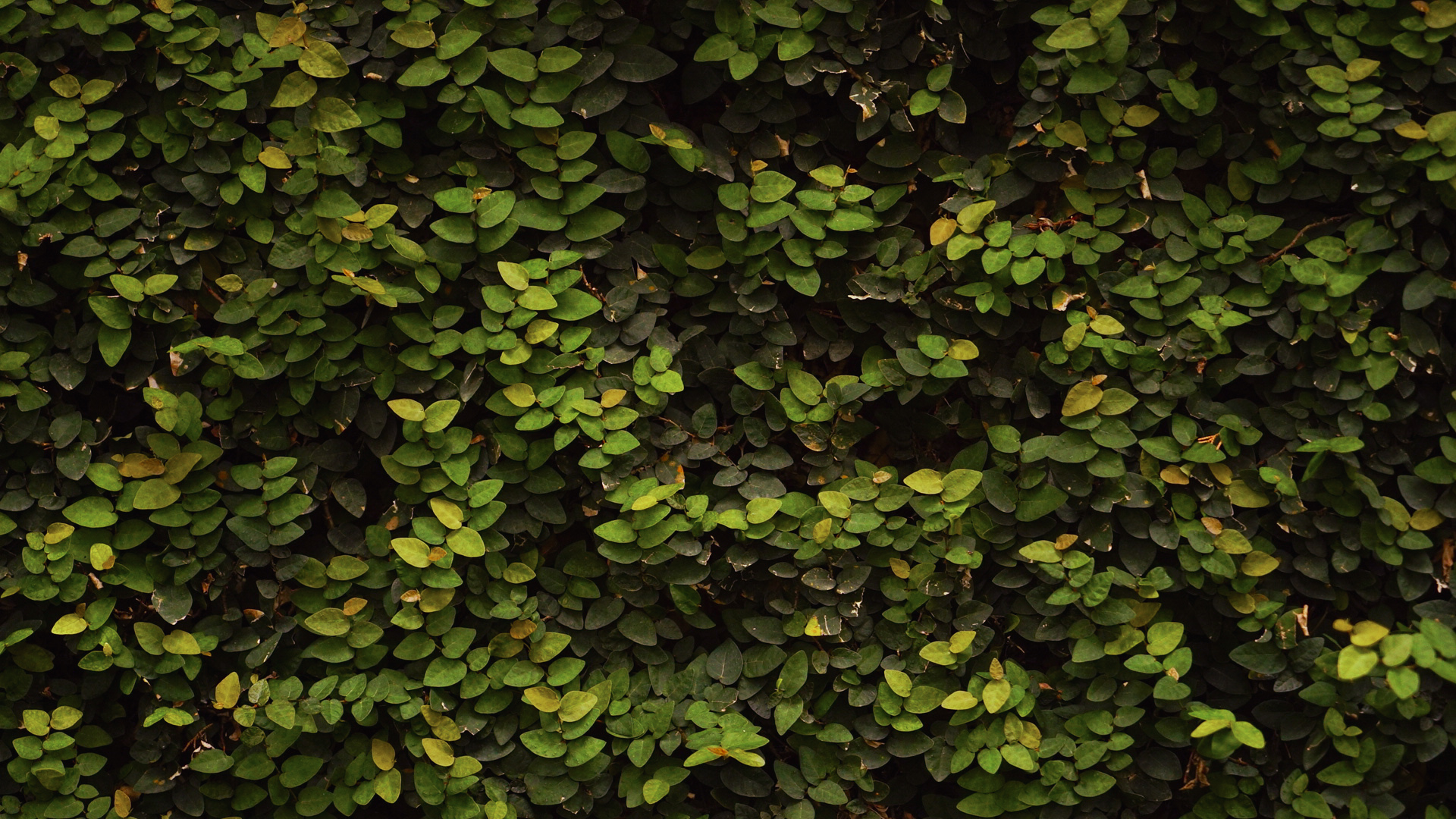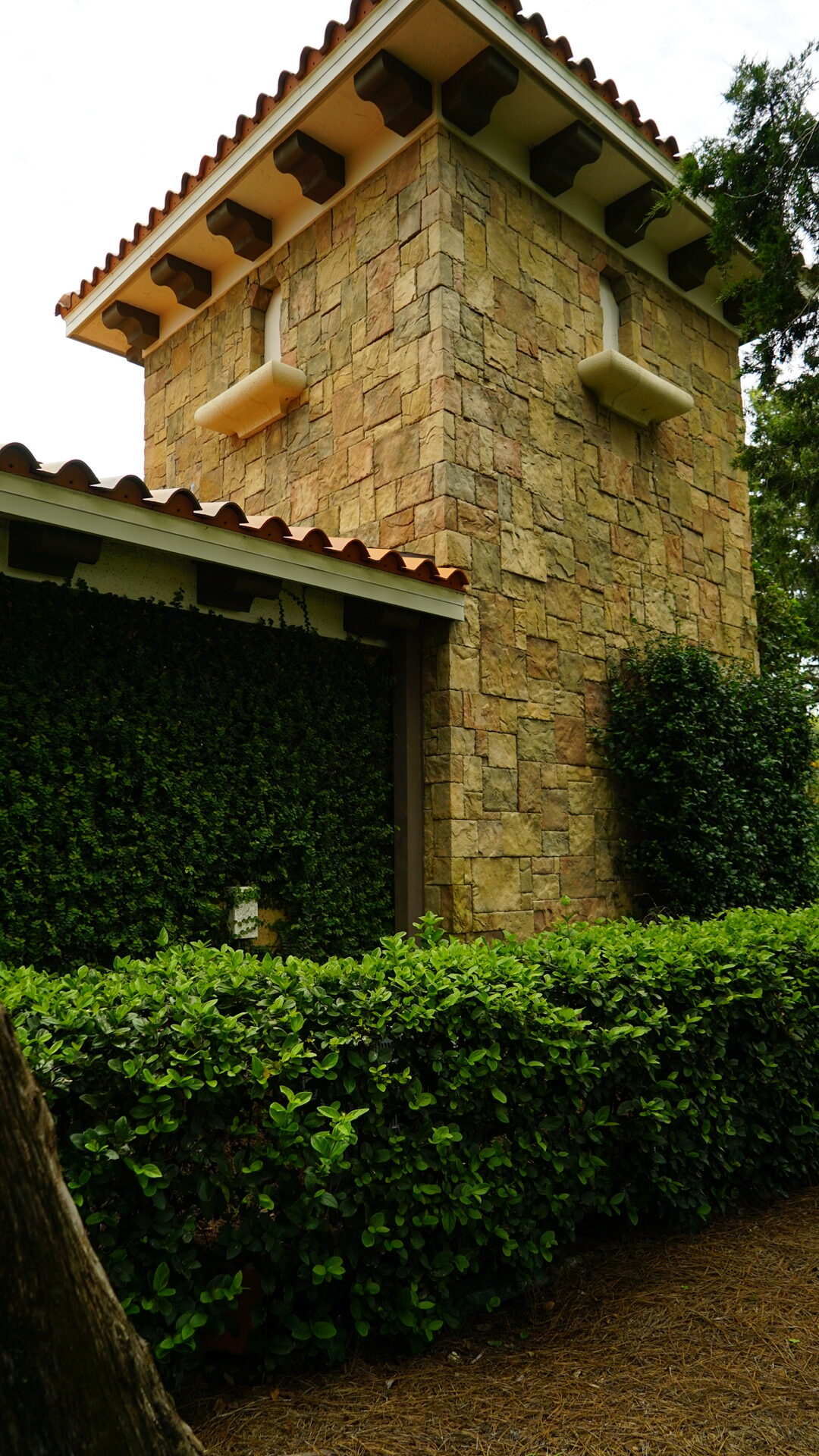Creeping Fig
Creeping Fig (Ficus pumila) is a climbing vine native to East Asia, prized for its small, leathery, heart-shaped leaves. It thrives in warm, tropical climates but can adapt to temperate regions and is commonly grown as a houseplant. It prefers bright, indirect light and moderate to high humidity. Creeping Fig spreads horizontally along the ground or vertically on walls, fences, or trellises. Care involves regular watering, well-draining soil, and occasional pruning to control growth. It’s suitable for USDA hardiness zones 8 through 11 and adds lush greenery to both indoor and outdoor spaces.
$8.75
Related products
-
All Products
Allamanda Bush
$19.24 – $46.38 This product has multiple variants. The options may be chosen on the product page -
All Products
Bougainvillea Bush
$43.46 – $434.62 This product has multiple variants. The options may be chosen on the product page
Here’s a concise summary of the Creeping Fig (Ficus pumila):
Color: Creeping Fig typically has small, leathery, and heart-shaped leaves that start out green and may deepen to a darker shade as they mature.
Climate: This plant is native to East Asia and thrives in warm, tropical climates. It can also adapt to temperate regions and is commonly grown as a houseplant. It prefers bright, indirect light and moderate to high humidity.
Size: Creeping Fig is a climbing vine that can spread horizontally along the ground or vertically on walls, fences, or trellises. It can grow up to several feet in length and will continue to spread if not pruned.
Care:
Watering: Keep the soil evenly moist, but not waterlogged. Allow the top inch of soil to dry out slightly between waterings.
Light: Provide bright, indirect light for optimal growth. Creeping Fig can tolerate some shade but may not grow as vigorously.
Temperature: It prefers temperatures between 60°F to 75°F (15°C to 24°C) and should be protected from cold drafts or extreme temperatures.
Humidity: Maintain moderate to high humidity levels, especially if grown indoors. Mist the leaves regularly or place a humidifier nearby.
Soil: Plant in well-draining soil rich in organic matter. A peat-based potting mix works well for indoor cultivation.
Fertilization: Feed with a balanced liquid fertilizer diluted to half strength every 4 to 6 weeks during the growing season.
Pruning: Prune to control growth and shape the plant. Trim back any overgrown or dead stems as needed.
Hardiness Zone: Creeping Fig is typically grown as a houseplant or outdoor ground cover in USDA hardiness zones 8 through 11. It’s not frost-tolerant and should be protected from freezing temperatures.
Creeping Fig is valued for its ability to quickly cover walls or other surfaces, making it a popular choice for vertical gardens or green walls. With proper care, it can add lush greenery to both indoor and outdoor spaces.
| Size | 1 Gallon |
|---|




